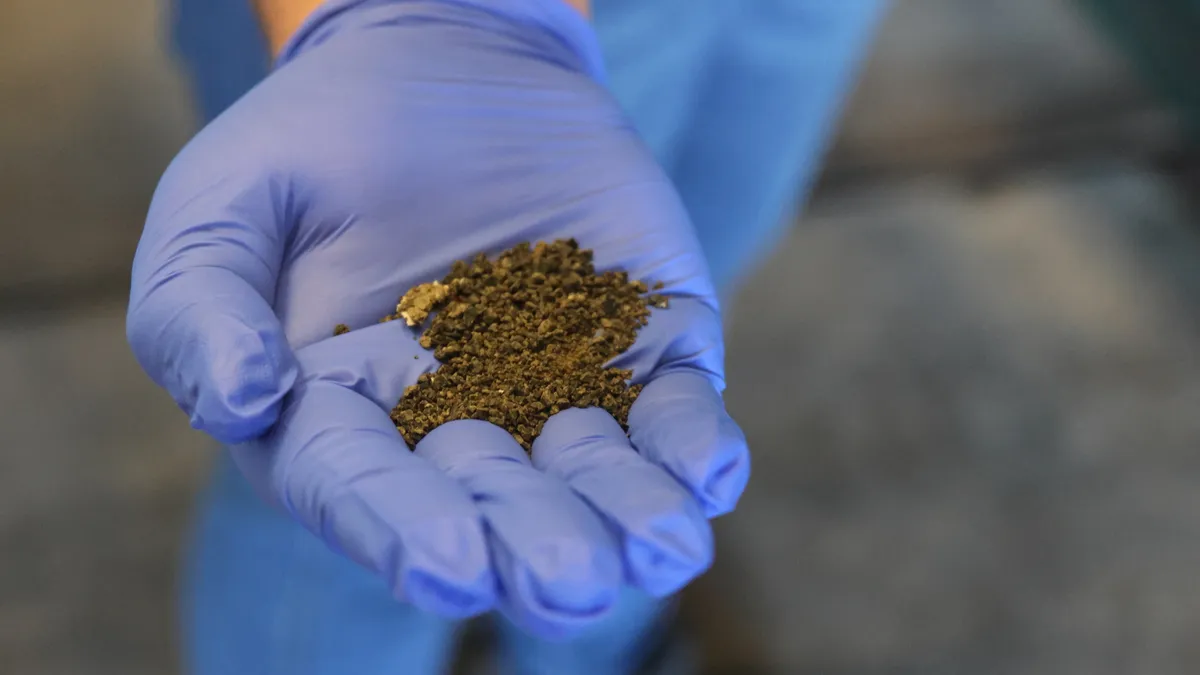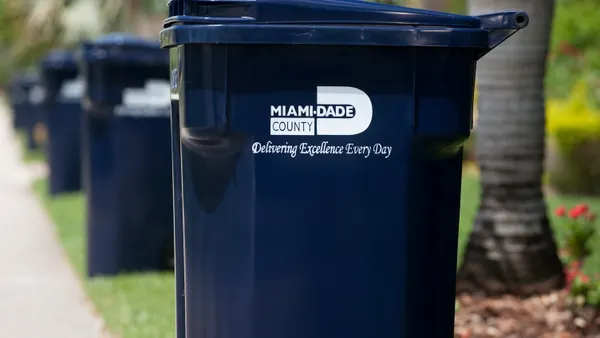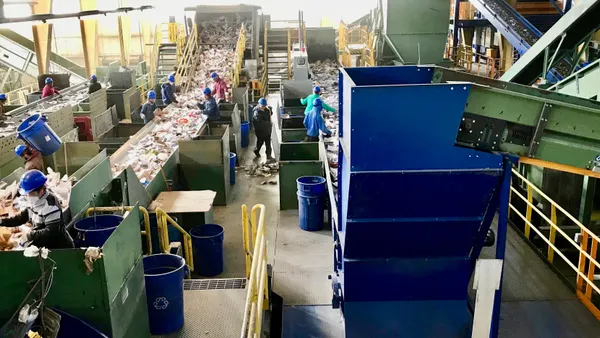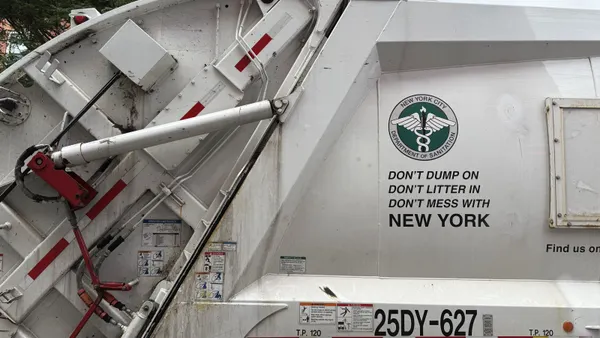Dive Brief:
- Battery recycling company Green Li-ion is launching a new battery materials plant in Atoka, Oklahoma, the company announced Thursday.
- The facility is located within an existing recycling facility and will produce battery-grade cathode precursor, lithium and anode materials from used lithium-ion batteries.
- Green Li-ion's facility is part of a larger push from the industry to onshore the material processing link in the battery supply chain, which is largely still completed overseas, including in China.
Dive Insight:
Green Li-ion is one of many companies focused on developing a more circular economy behind battery production, part of a bid to avoid geopolitical pitfalls and snatch Inflation Reduction Act domestic tax credits.
Green Li-ion's equipment focuses on black mass processing — an often overlooked aspect of battery recycling and production. Black mass is created from shredded battery scrap and then processed to recover materials like nickel, cobalt, graphite and manganese, which can be recycled into battery-grade components.
While nickel, cobalt and other critical minerals are typically mined, more companies are turning to recycled options as demand for domestically procured material outstrips supply.
Green Li-ion is tapping into this demand with the option for other battery recyclers or manufacturers to send the company black mass for processing or to install the company's equipment in their own facilities.
The company's technology converts recycled scrap into battery-grade precursor cathode active material, eliminating the need to export material for further processing.
In doing so, Green Li-ion is hoping to circumvent China's grip on much of the world's critical mineral mining capacity and offer a domestic solution for rising battery material demand.
The Oklahoma plant is expected to produce two metric tons of pCAM per day, or the equivalent of 72,000 smartphone batteries, with plans to quadruple capacity within the year. The site is currently in the final stages of calibration to produce pCAM and lithium carbonate and expects to begin commercial production later this month, according to VP of Operations Stephen Hayward.
Green Li-ion did not disclose the size of its investment in the plant but said it would start with six new positions, with the potential to grow up to 20 as the plant scales production, according to Hayward.
"If you don't have rights to mining, you have absolutely no choice but to start recycling," Hayward said.
What to do with recycled battery scraps is where Green Li-ion and others are hoping to fill the gap in the U.S. Electric vehicle battery recycling could reclaim up to 98% of key raw materials to manufacture new batteries, according to Guidehouse Insights.
Several battery material makers are in the midst of building North American plants to capture the rising demand.
Battery recycler Umicore is building a $1.34 billion plant in Ontario that will combine CAM and pCAM production. And American Battery Technology Co. is in the midst of building a Nevada plant that will process black mass and lithium intermediate material into battery-grade components.












